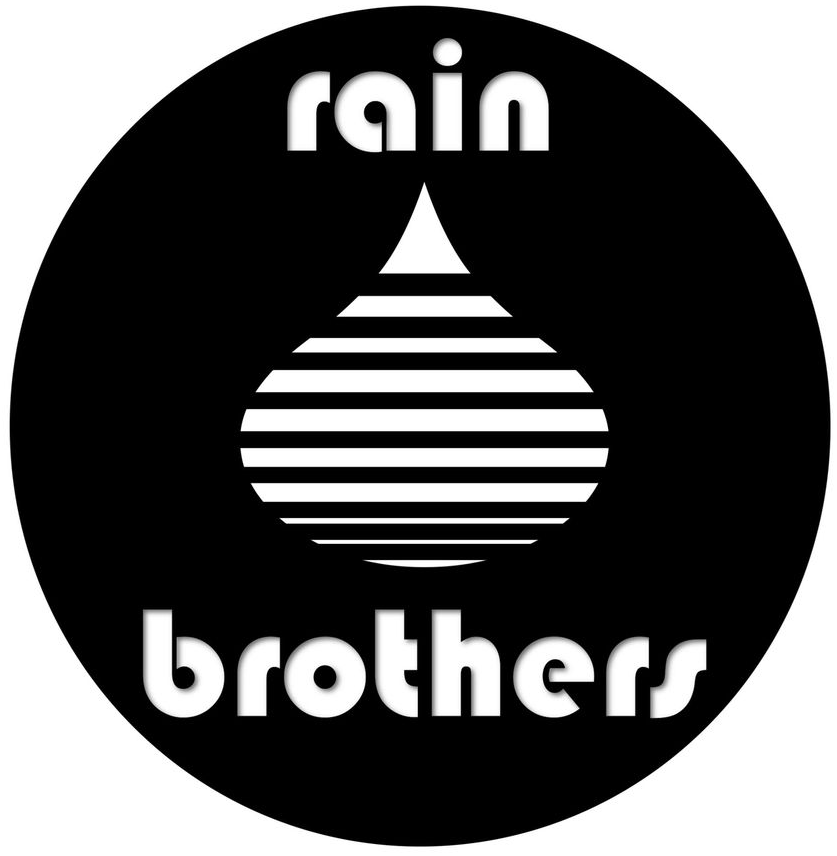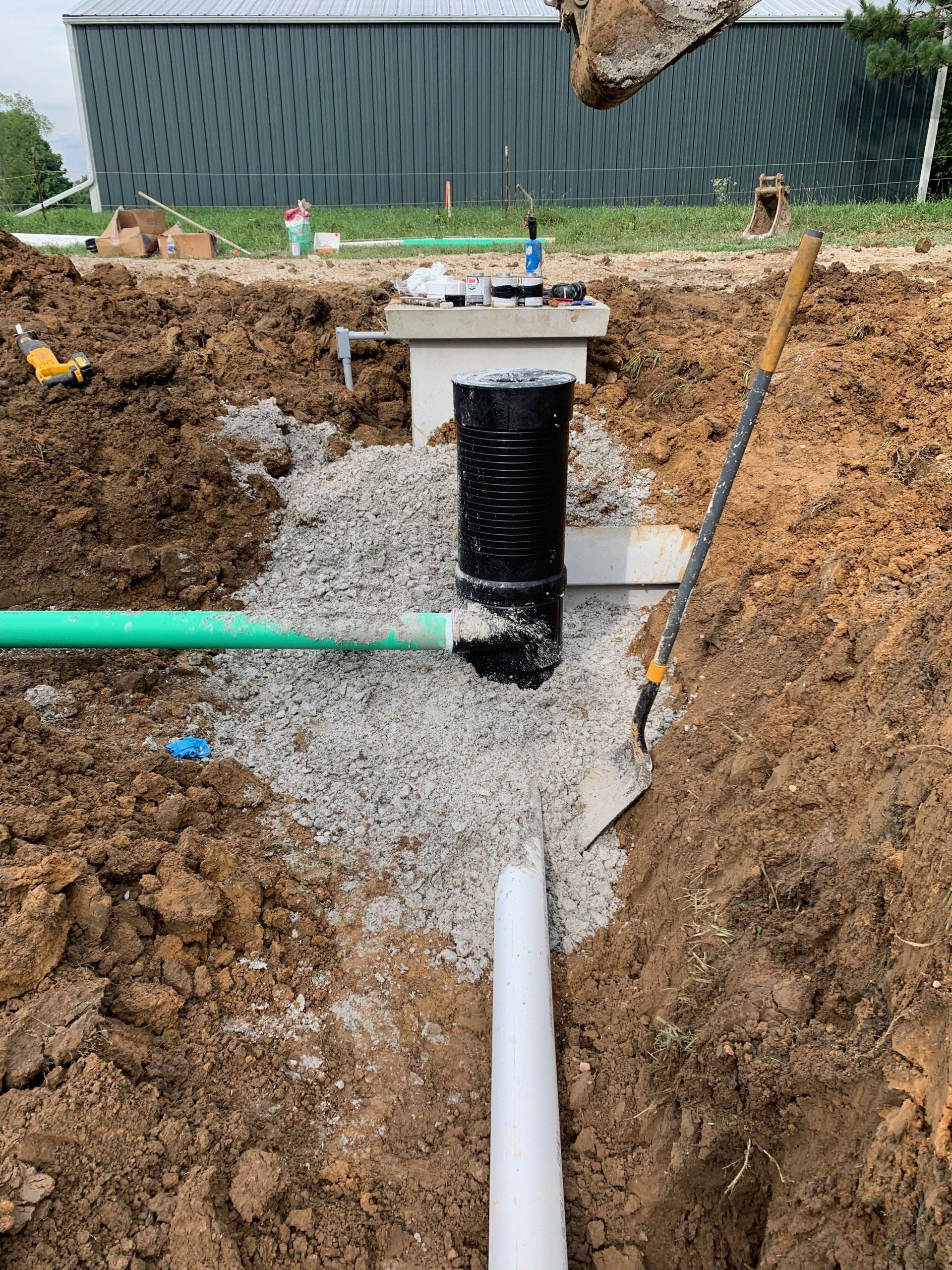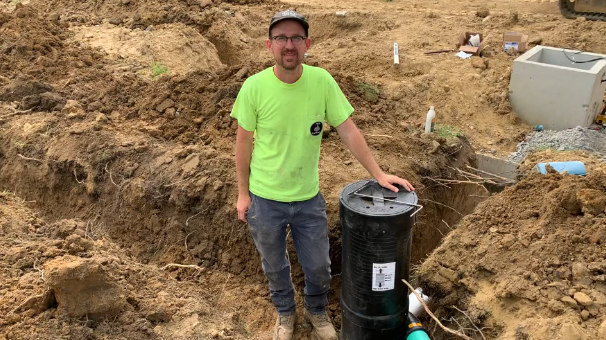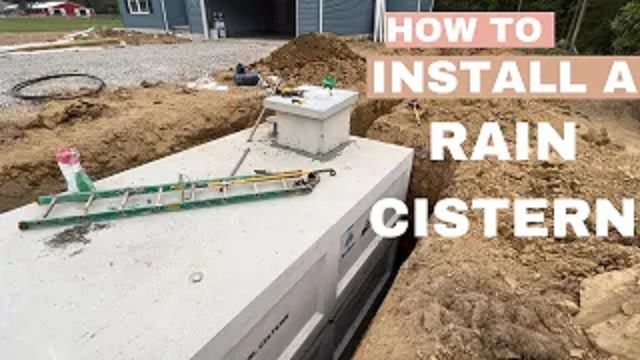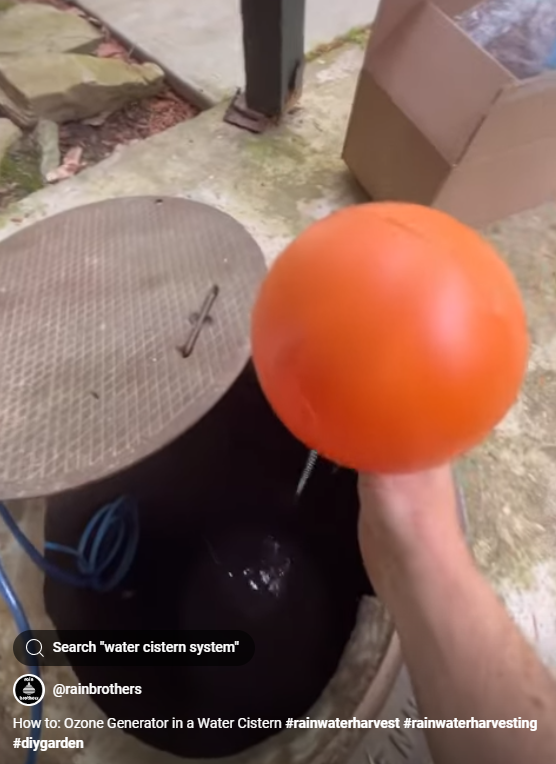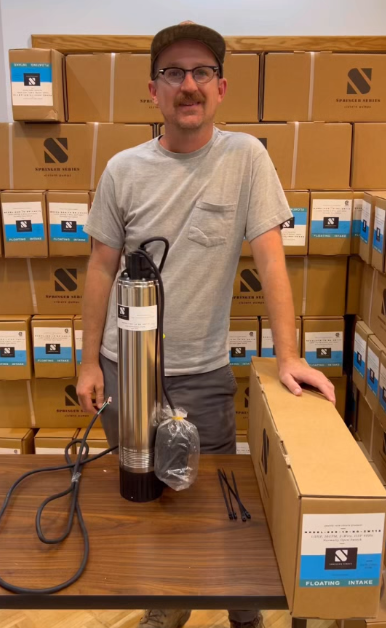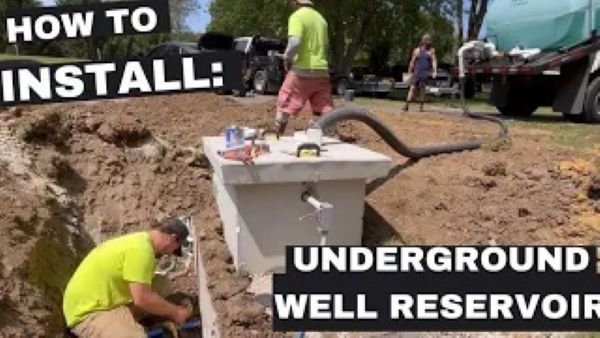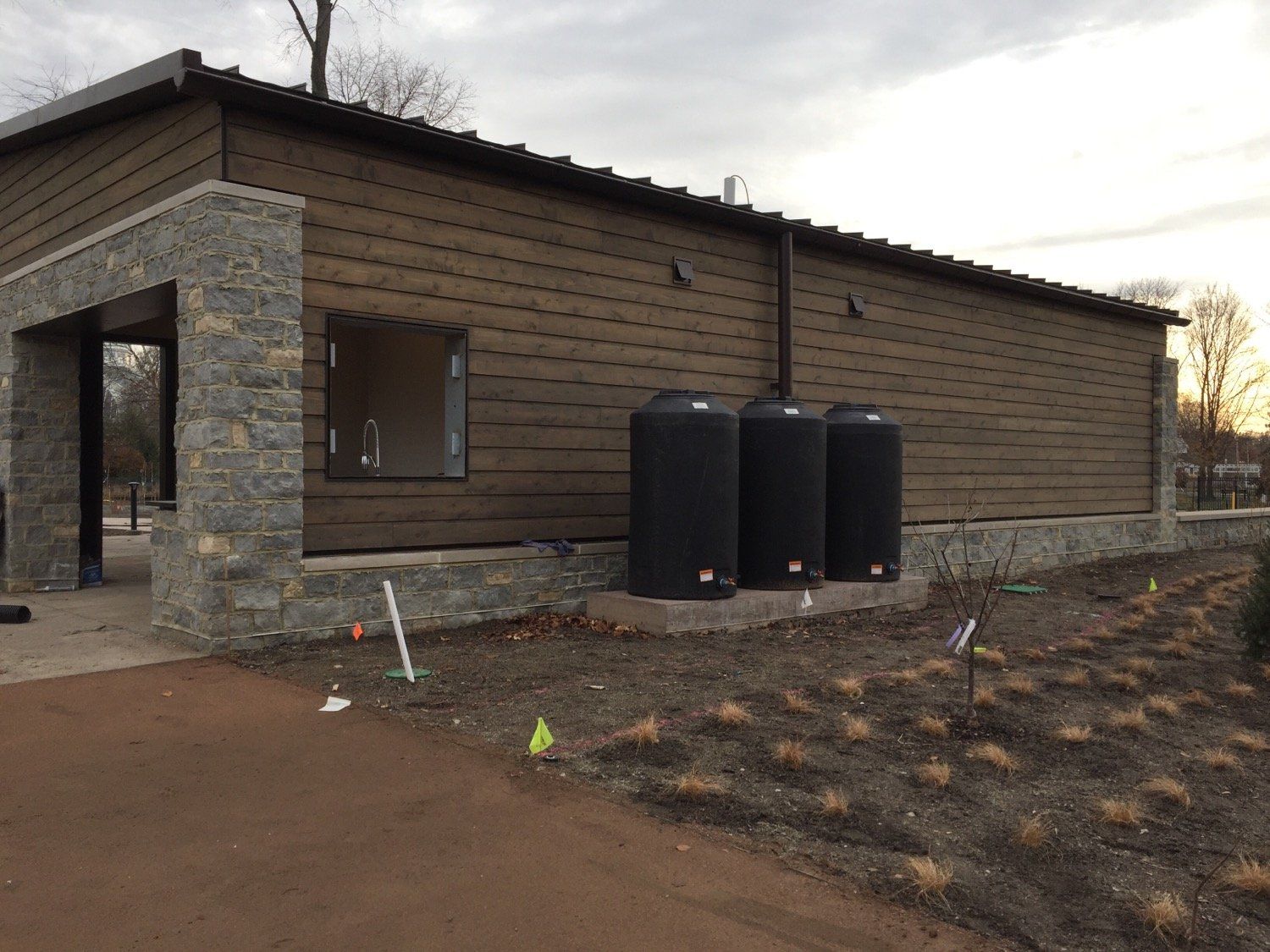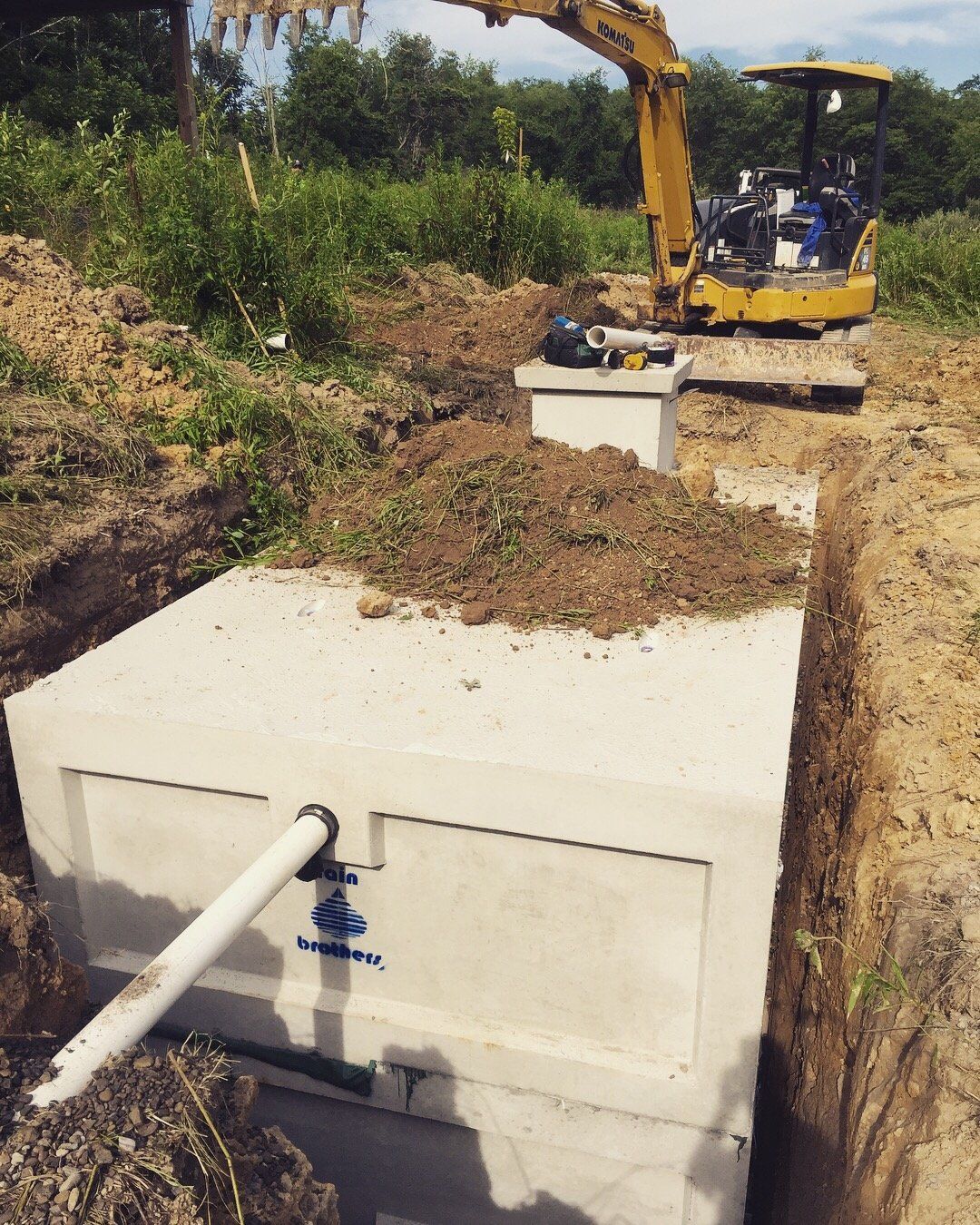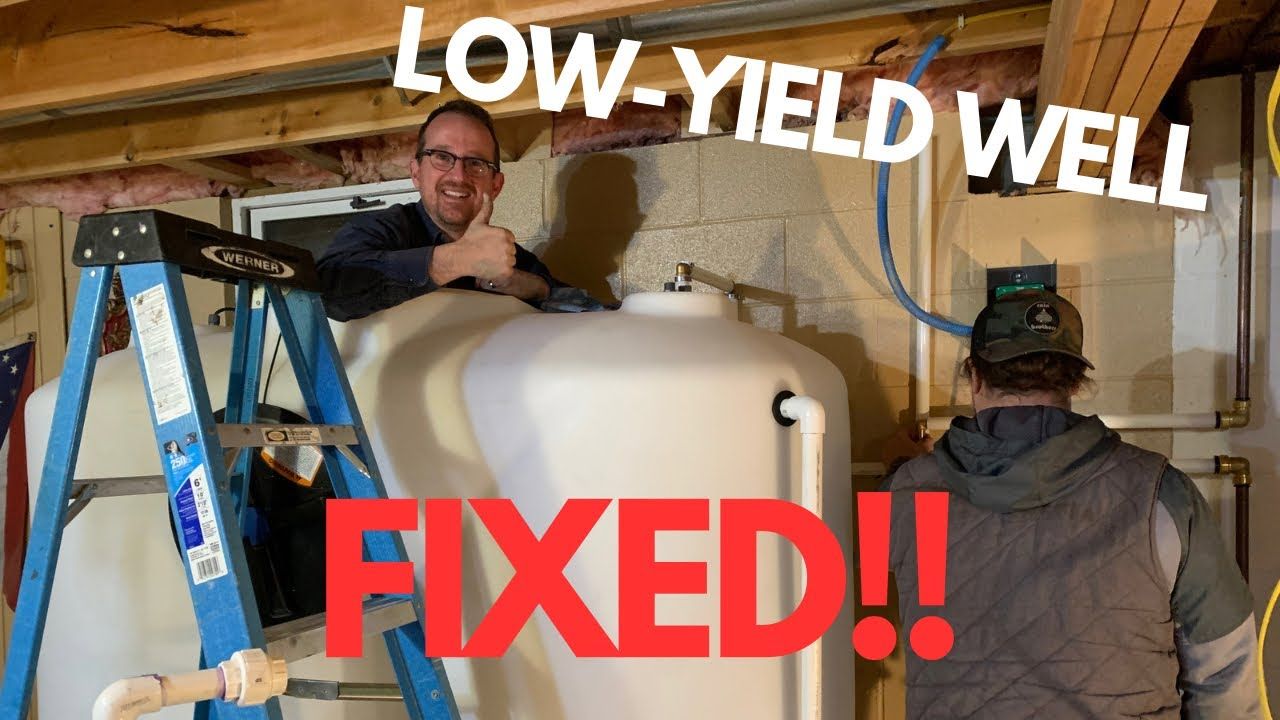Rainwater Harvesting Tanks: The Best Way to Store Rainwater
Rainwater Harvesting: Best Way to Store Rainwater
One of the considerations for the design of your rainwater harvesting system is how to store it safely and effectively. It doesn’t matter if you’re a company seeking greener ways of conducting business, or a homeowner that wants to water their garden with rainwater; we still have to figure out how to store the rainwater harvest long-term.
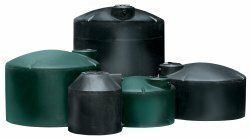
This article will share some of the rules for rainwater storage so that you, too, can harvest this free resource.
Rainwater Storage How To’s
The first thing to consider for rainwater storage is what type of tank you’ll use. The biggest concern with holding water anywhere is the potential for mosquitos to breed. Since mosquitos carry disease and are generally annoying, this is definitely something we want to prevent! If you have standing water on your property that’s a problem, consider dropping in a Mosquito Dunk , a biodegradable organic control product that can rid the water of larvae.
To prevent the growth of more mosquitos, your rainwater storage container should be covered at all times. The rain barrels we sell are covered with lids, to prevent the spread of mosquitos and prevent the spread of algae. Other critters will also be attracted to the water, such as bugs and toads. Keeping the tank enclosed will prevent any problems.
Types of Rainwater Harvesting Tanks
The next consideration is whether you should install a bigger rainwater catchment system. These generally take the form of a cistern , which is basically a large tank that holds water. These can be made of concrete and buried underground or made of heavy-duty plastic and stored under or above the ground. Here are some pros and cons of both types of systems:
- Underground cement cisterns are labor-intensive to install but can last a lifetime.
- Underground plastic cisterns can easily be transported and installed but you cannot drive anything over the top of the cistern without running the risk of collapse.
- Above ground cisterns are also easy to install but homeowner regulations make prohibit their installation.
Another consideration with a rainwater harvesting tank is that they need to be secure so they are safe. Make sure these containers are installed on a secure, level foundation. As the tanks fill, be aware the water can shift, so you want to be sure the catchment system stays in place. Water is heavy, so children need to be made aware that the aboveground rain barrel or tank is not something to play with.
For homes using rain barrels, the downspouts and gutters should be regularly cleaned in order to keep the water from potentially causing diseases in plants, particularly young plants. Putting a cap over your downspout will help prevent debris from the roof running into your cistern or rain barrel.
Understanding the architecture of your rainwater catchment system is tied to your goals for the rainwater harvest, and a crucial part of the Rain Brothers process. We have more than 20 years of experience in the design, installation, and maintenance of rainwater harvesting systems. Contact us today to discuss your options for harvesting this free resource for your garden, home, or business.
